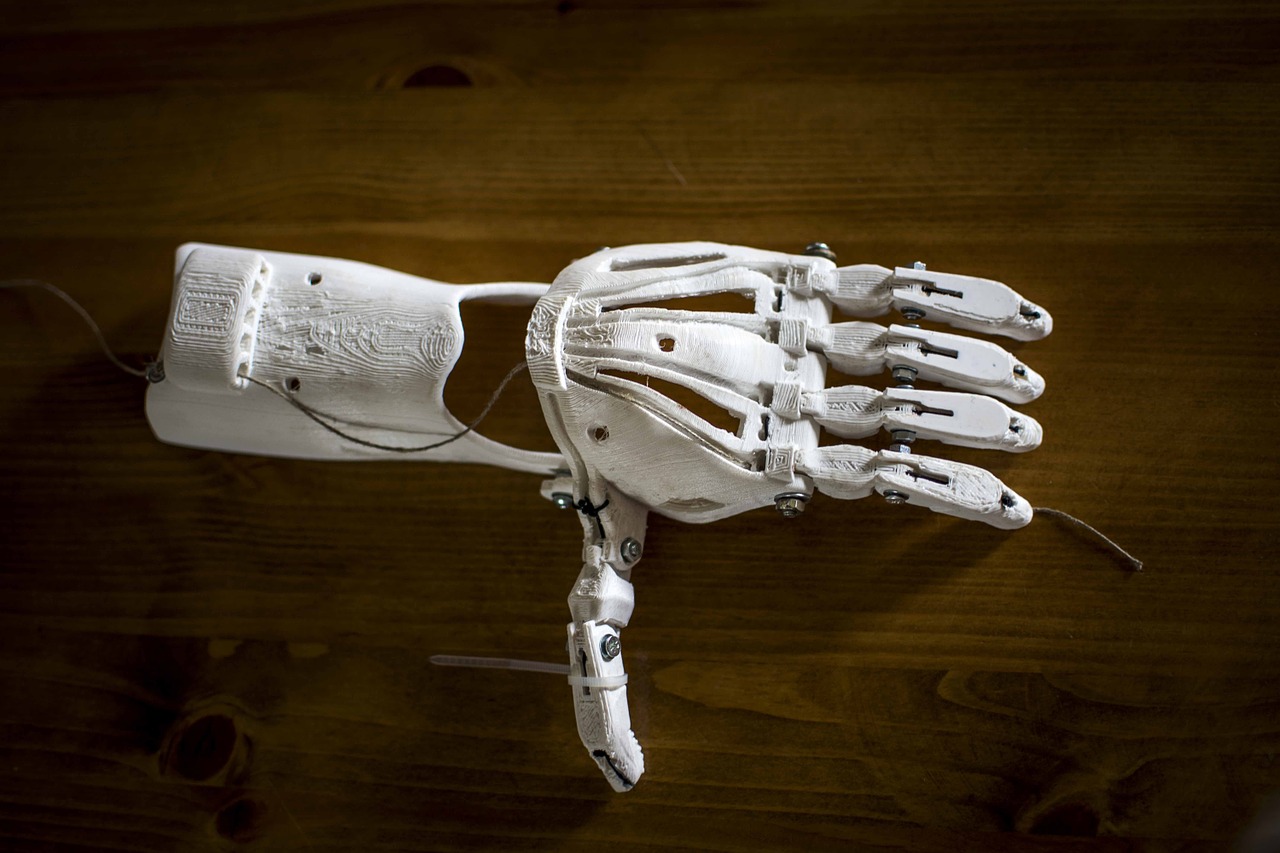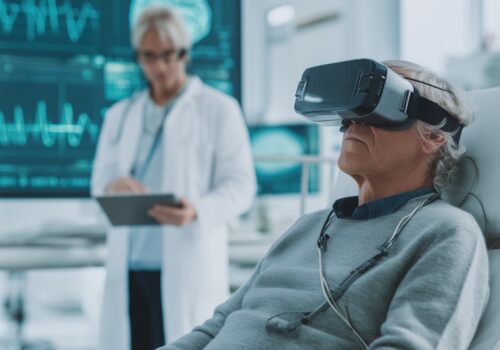Robotic Prosthetics
People who have lost one of their limbs, or have lost the ability to walk completely due to paralysis or spinal cord damage, use prostheses or exoskeletons that partially compensate for the loss. Today it is no longer just a “model” of an arm, for example, with a grip instead of a hand or a leg, which is a simple mechanical device. Today it is a complex robotic system, often with built-in artificial intelligence or a brain-computer interface.
For example, the DEKA Arm, often called “Luke” (after Luke Skywalker from the movie Star Wars), was developed with the participation of the military agency DARPA for people who have had their upper limbs amputated. The device under development will significantly revolutionize prosthetics, giving the user more control.
The new prosthesis weighs about the same as a normal, living human arm, in its size it is also not much different from the original. The artificial arm has six pre-programmed hand grip options that the user can select, and the arm has the ability to move several joints simultaneously. The various movements of the prosthesis can be controlled by any kind of controller that best suits each individual patient. This can be a push-button system, EMG electrodes, or even wireless gadgets built into shoes, for example. The device is characterized by great possibilities, e.g. the user can use it to use keys, cook and eat food, zipper up clothes, comb his hair, and much more.
An even more innovative device was created at the Federal Polytechnic School in Lausanne (Switzerland). This is a “smart” robotic arm, which uses software based on a machine learning algorithm that provides better control over the prosthetic limb. In doing so, the robotic technology can better anticipate the user’s intentions, right down to the movement of individual fingers. In a process called “collaborative control,” the “smart” artificial arm can automatically control certain movements such as gripping and manipulation, thus combining both robotic and user control to improve the artificial arm’s performance.
Here, the robot and the patient work together in a way that has never been tried before. With this system, the robotic prosthesis detects anticipated finger movements using sensors on the stump of the hand that measure muscle activity. This data is translated into a system that controls the movement of the individual fingers on the prosthetic hand. The robot is also “smart” enough to decipher the user’s intentions and has a level of automation that allows, for example, grabbing an object and maintaining contact with it for as long as necessary.
And researchers from the Swiss Federal Institute of Technology Zurich and SensArs have been able to give existing commercial prosthetic legs a feeling similar to that of a “living” leg. They developed an interface that could connect the prosthesis to the residual nerves of the thigh and create a neural feedback mechanism using a neurostimulation system implanted in the thigh. This development utilized Össur’s commercially available prosthesis, which was equipped with pressure sensors on the sole as well as around the knee to always know where the foot is when walking. As a result, this prosthesis significantly reduces human fatigue when using it and, as a side effect, removes phantom pain.



